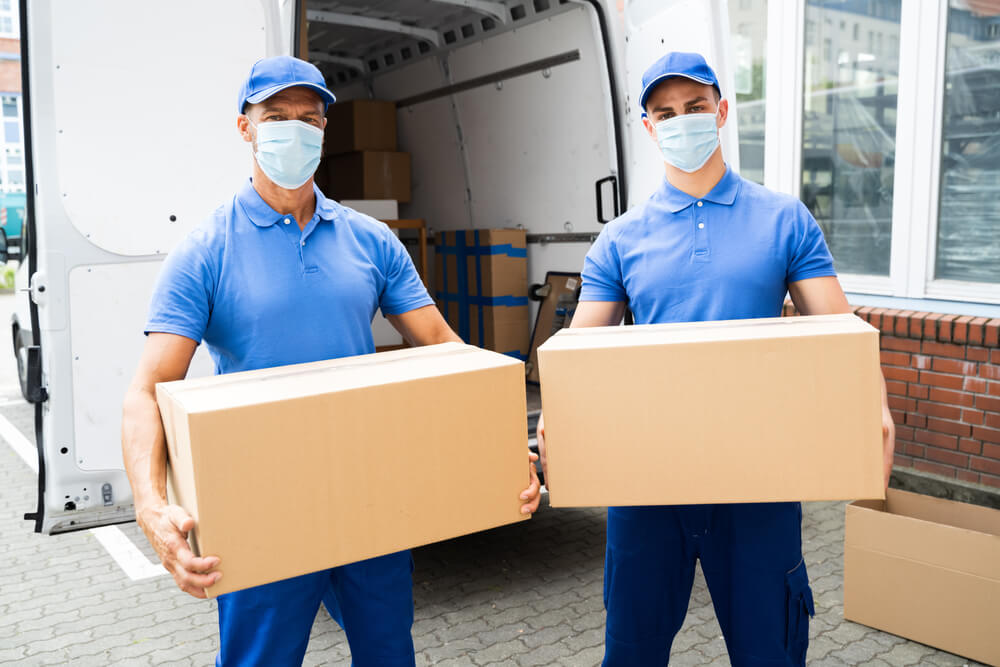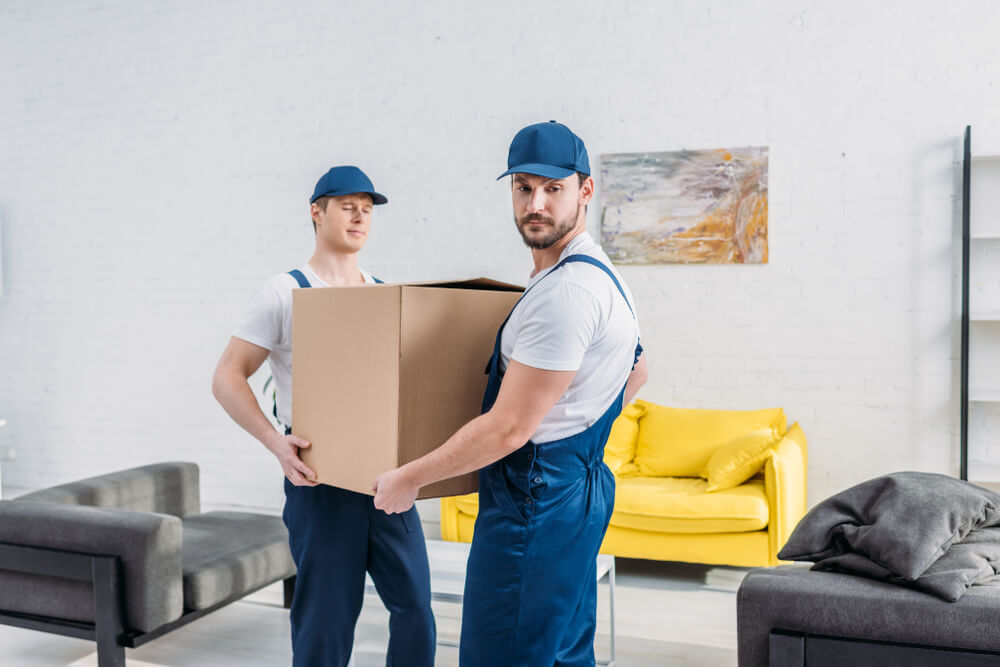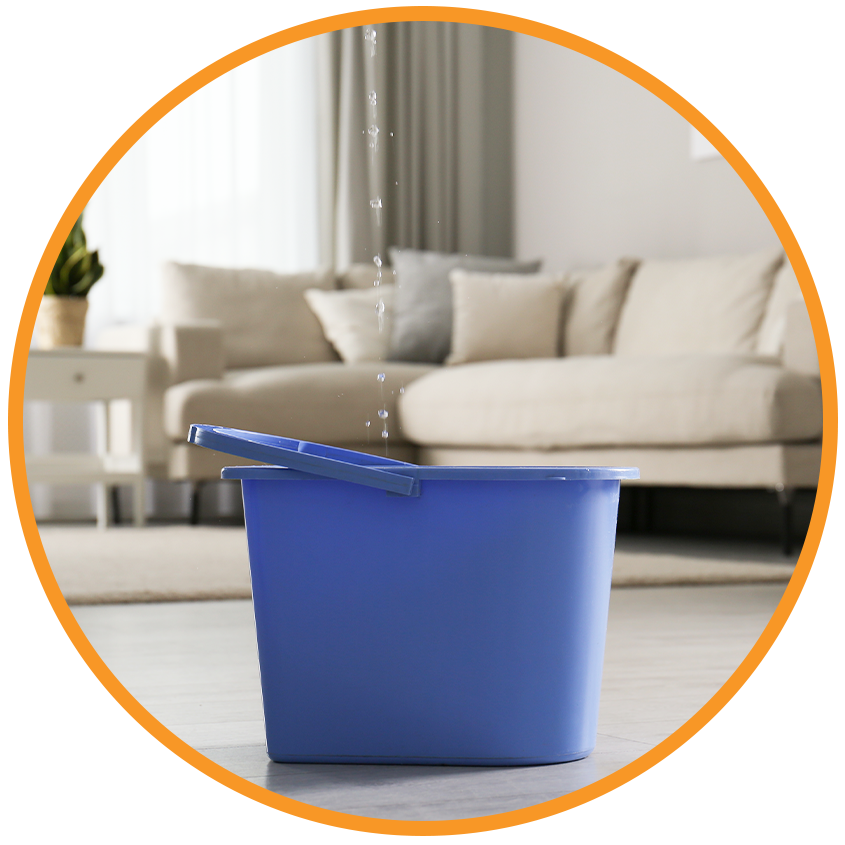Zenless Zone Zero—ZZZ to most of us—moves at breakneck speed. One week you’re learning a new Hollow Raid route; the next, a limited Agent arrives with a skin that won’t be back for months. I used to scramble for Polychrome whenever my pity counter turned red, paying whatever the in-app store charged and hoping the payment cleared before the banner ended. After missing Lycaon’s first run because a purchase sat in “pending,” I overhauled my routine with three simple rules:
Keep a steady Polychrome buffer.
Cut hidden fees wherever possible.
Remove payment delays entirely.
The fix that made everything click was switching my recharges to the Zenless Zone Zero top-up page on Manabuy. Here’s the system I use now—and why it saved me both time and money.
1 Treat Polychrome as Prep Fuel, Not Panic Fuel
Most players buy Diamonds or Crystals when they’re already out. That’s the worst time: you pay full store price, plus tax, plus any bank fee for foreign transactions. I flipped the script and always keep 3 500 Polychrome—half a soft-pity—sitting in my account. When a banner drops, I’m halfway to guaranteed and can top up calmly if I decide to continue.
2 Audit the Hidden Cost of In-App Payments
I dug through three months of receipts. After adding sales tax and foreign-transaction fees, every store bundle was 12–18 percent pricier than the sticker. Worse, two payments held for twenty minutes because my bank didn’t like late-night game charges. That delay is fine if you’re buying groceries—not fine when a limited Agent exits in ten minutes.
3 Why Manabuy Became My Default
The first time I used the Manabuy Polychrome recharge center, three things stood out:
One-screen checkout – Enter UID, pick bundle, pay. No logins, no pop-ups.
Up-front pricing – The price on screen is the final charge; my usual 3 280 pack comes in about two dollars cheaper than the store.
Delivery in under two minutes – My record is fifty-five seconds; even on patch night I’ve never waited longer than three.
Because Manabuy is an authorized reseller, every purchase still triggers first-time bonuses and never risks an account flag.
4 Cross-Game Budgeting Was an Unexpected Win
I also play Honkai: Star Rail and Genshin. By moving all top-ups to Manabuy, I get every receipt in one email thread. Seeing the total spend for all HoYoverse titles made it easy to set a single budget instead of three separate “it’s just this banner” excuses. My monthly outlay dropped about 15 percent the first month I did this—and I didn’t skip any banners I wanted.
5 A Weekend Workflow That Eliminates Banner Anxiety
Friday – Watch the preview stream; note new Agents or Bangboos.
Saturday morning – If Polychrome ≤ 3 500, top up via Manabuy with coffee in hand.
Sunday – Farm double-drop modules matching the teased Agent so I’m gear-ready on day one.
Fifteen minutes of prep erases the midnight “payment pending” panic I used to feel every patch.
6 Plan Your Pulls, Not Just Your Wallet
Money isn’t the only resource that matters; time and materials count too. With a buffer in place, I can:
Save Stamina – No extra runs for currency when an event hits.
Pre-farm Gear – Focus Hollow farming on the right cores before the banner launches.
Enjoy Day-One Content – Spend my first hours actually playing the new Agent, not reloading a payment screen.
Final Take
ZZZ is designed to be fast and stylish; your top-up process should feel the same. By holding a modest Polychrome buffer, dodging hidden fees, and using Manabuy for quick, lower-cost recharges, I’ve saved about $25 over two versions—and, more importantly, I haven’t missed a banner since. If you’re tired of paying an “impatience tax” every time an Agent drops, give Manabuy’s top-up page a try. One sixty-second checkout beat the store spinner and put me back in New Eridu, ready for whatever the next Hollow Raid throws at me.





